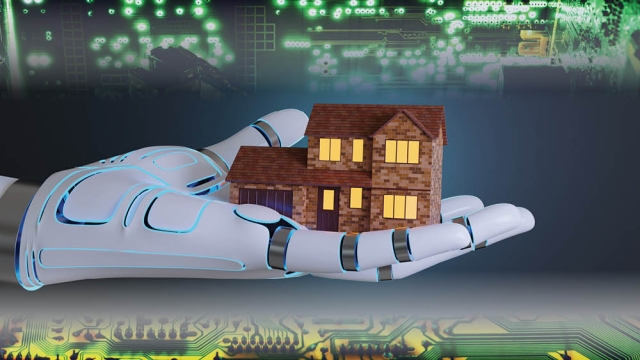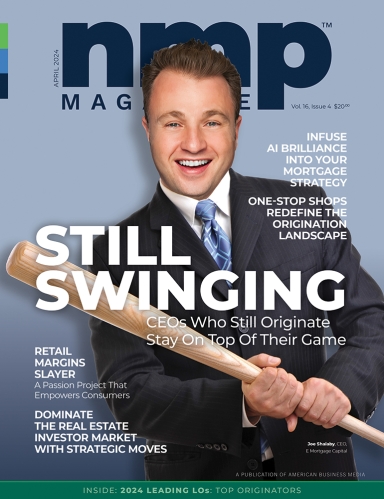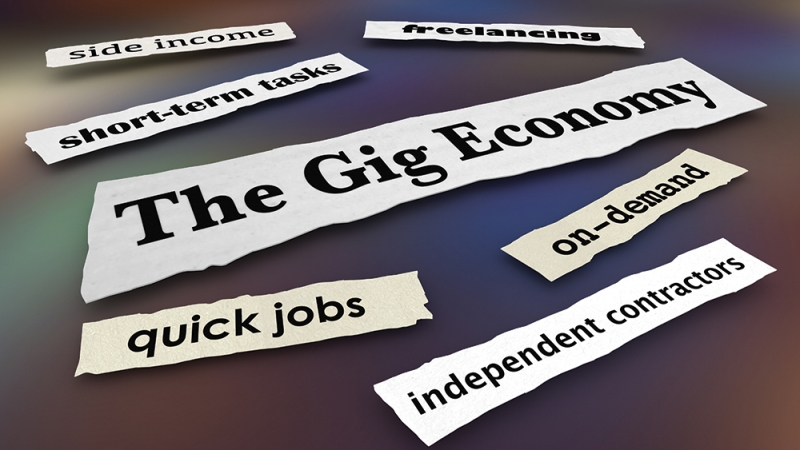One of the most significant implementations of automation at a broad scale in the mortgage industry was the launch and adoption of the automated underwriting systems (AUS) with Fannie Mae and Freddie Mac in the late 1990s. Desktop Underwriter and Loan Product Advisor provided a level of automation that had not yet been seen and enabled significant efficiencies in the industry by reducing manual effort in the underwriting process.
Artificial Intelligence (AI), in simplified terms, can go further than automation by mimicking the problem-solving and decision-making capabilities that humans use in a particular space, such as mortgage processing. That means AI can solve problems that require some level of cognition. This capability is more powerful than automation.
Machine Learning (ML) is a subset of AI that solves problems by first digesting vast data sets within a specific area (e.g., recognizing cats in images) and creating its own internal mathematical model to “understand” the data set. In this step, known as “training,” experienced developers work with the AI/ML technology to shape the mathematical model to understand and analyze a range of input data relevant to the problem area.
In the cat example, the developers shape the model by iteratively teaching it the difference between “good” vs. “bad” results until the model produces relevant results that are as good or better than a human is likely to produce. The “learning” aspect is when the underlying model adapts and improves over time with little to no human intervention. In the cat example, the model, as it learns, should be able to recognize cats in previously unseen images.
In mortgage, lenders have traditionally applied ML to solve task-specific problems. One use case is classifying, indexing, and extracting essential data from loan documents/data. The inputs can come from various structured data (e.g., different types of written forms where fields for date, name, address, etc., may not be in the same place on the form) and/or unstructured data (e.g., emails). This use case is an example of where ML shines compared to rules-based automation, as with supervision, the ML-based solution can learn from each exception so that it automatically handles it the next time it is encountered.
Generative AI
David Karandish, CEO of Capacity, simplifies the different approaches into the following three categories:
- Automation is analogous to ”doing” — the solution executes one or more manual tasks more efficiently
- Machine Learning is analogous to ”thinking” — the solution displays cognitive capabilities to raise both efficiency and effectiveness of the task(s) at hand
- Generative AI is analogous to ”creating” — the solution displays the ability to be creative by synthesizing what it has learned often into net new output
Generative AI simulates human creativity and is based on an advanced form of ML, called Deep Learning. For example, based on natural language narrative as its input, Generative AI has the ability to create novel/new content such as poems in text form or synthetic art in the form of an image, read a written speech in a voice and tone that is indistinguishable from a real-life personality, and even write programming code — hence the term “generative,” as it is capable of creating (generating) output based on directions (e.g., a narrative) it has not received before.
There are different types of Generative AI technologies. The two currently making headlines are Large Language Models (LLMs) used for natural language applications and Diffusion Models for image-based applications. These models are orders of magnitude more mathematically and computationally complex than previous ML models. They are typically self-trained on a massive spectrum and volume of data. For example, LLMs such as ChatGPT, BARD, Llama, or MosaicML are trained on years of historical internet content, libraries of books, industry journals, etc. As a result, the base knowledge set from which they can draw is not limited to a specific domain and, therefore, they have broad applicability.
Applications of Generative AI
Advances in Generative AI enable us to go from structured data and human-supervised ML models, to unstructured data and unsupervised ML models that produce ”human-like” outputs. There is a rising volume of companies touting the use of Generative AI across various areas within mortgage. As we dig a level deeper though, we see relatively limited adoption by IMBs, banks, and credit unions. Regulation, compliance, agency guidelines, and a deep enough understanding of the capabilities and risks of Generative AI are some of the impediments to more rapid adoption.
In addition, there are technical downsides at this time that limit adoption:
- Data, Integrations, and Cost of Inputs: Generative AI solutions require extensive data inputs, expensive, high-powered specialized computing (known as Graphical Processing Units or GPUs), and integrations to develop and tune the models and then execute queries over the these models;
- Quality: Generative AI may respond to queries with truly creative answers, i.e., not based on factual data (a situation known as “hallucination”), and
- Predictability: the output generated may or may not be deterministic, i.e., an identical query may or may not produce an identical answer each time. However, performance improvements on these dimensions are moving at unprecedented speed — hence, we expect increased absorption into applications and a steep adoption curve of those applications in the near future.
One of the more significant issues, however, is that Generative AI is effectively a “black box” of algorithms. The mathematics and logic of the underlying models cannot be deciphered definitively today. The inability to comprehend and, therefore, explain the workings of the underlying Generative AI models is recognized by the technical/scientific community but, as of today, it remains a hard problem.
The above context explains why in the mortgage and real estate sectors, the application of Generative AI has largely been to assist the creative process, marketing, and customer service bots and to inspire humans with prompts through platforms like ChatGPT.














